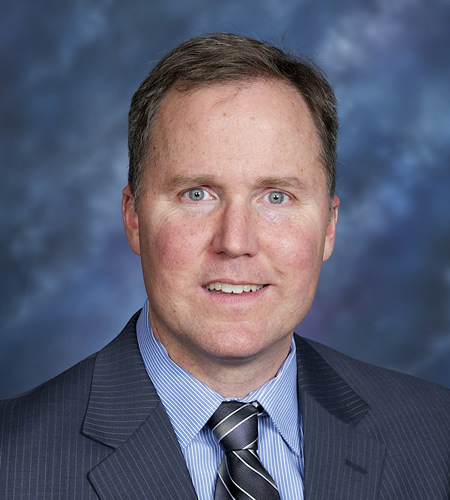Since day 1 of cardiac surgery residency training, I have curiously noted that the personality of women interested in this specialty seemed a bit off compared to those with career interests in other less ‘masculinised’ specialties. They seem “hard-core” in a way that can be seen as inauthentic; like the overcompensation of a male actor trying to play the role of a woman (although not as hilarious). My first explanation was problems inherent to the woman surgeon. After all, our country is the land of “rugged individualism”. If you can’t assign one full responsibility for their actions here, where can you? This founding principle of America reflects a natural psychological tendency to see others as internally motivated and responsible for their own behavior regardless of other possible external causes of that behavior.
On further analysis, we must remember that many women pursued their goal of becoming cardiac surgeons despite external circumstances that would crack most people. They got where they are after enduring decades of microaggressions: processes of exclusion, sexual harassment, gaps in pay and being given less autonomy than men. The subtle (and sometimes not so subtle) hostility toward women in cardiac surgery is not just the result of few one-off chauvinistic surgeons or divergent OR team members. It is deeply rooted in a culture that continues to favor and reward masculine and resist feminine styles. Thinking about female surgeons from this perspective, my finger pointing becomes more like victim blaming.
According to linguistics expert Deborah Tannin, play groups that boys vs. girls entered at any early age taught them how to communicate. Girls were socialized not to be “bossy”, so they learned to use language to establish rapport and downplay their certainty. They say “sorry” more often which, in the workplace, can have the disadvantage of making them appear more blameworthy for mishaps. On the other side of the playground, boys learned to speak to establish dominance and demonstrate their skills. They downplay their doubts and are more comfortable with disagreements and conflict. The “superheros” that all cardiac surgeons idolize and seek to emulate (Cooley, Debakey, Senning, Harken) spoke in a way to epitomizes the boyhood model of dominance and certainty.
Here is the dilemma: all aspiring surgeons are taught to act the way those in charge want. Like the first day at Parris Island for a Marine recruit, there is never any request the CT resident to bring their “natural strengths” to the table. They just adopt to the blueprint or die. The case for changing this time-tested approach to training safe CT surgeons has not yet been persuasive. It is not enough to tell the male program director that he is wrong for requiring females to take on a masculine style in order to be accepted. Decades of change management literature proves this approach won’t work. Most likely, he will publicly agree and privately sabotage. The avenue forward is to prove that surgical outcomes will benefit from leadership styles that are more feminine. Once this case is made, we will achieve a critical mass of females in the lead and the field will change for the better.
A recurring theme of this blog is better teamwork in cardiac surgical operating rooms. It is an interesting and clearly testable hypothesis whether these gender related differences in communication style alter the effectiveness of teamwork. Unfortunately, this question has been poorly investigated. Until this knowledge gap is addressed, there remains a regrettable double bind for women in surgery – damned if they act natural or damned if they don’t. They can maintain their natural feminine communication strategies and be rejected by male surgeons, thus reinforcing the stereotype of women as inadequate in this role. Alternatively, they can adopt a masculine style in order to be accepted by men as “one of them”. This might increase their chance of success but perpetuates the isolation of women trying to succeed in the field based on using their natural strengths. The double bind arises because of a strict hierarchy that does not encourage junior staff to speak up about issues such as being damned either way.
Training and then developing a career in cardiac surgery is notoriously tough. At first glance, adding more pain on top of that appears tragic and unreasonable. However, sometimes adding additional hurdles into the learning process improves long term retention of information and technical proficiency of both individuals and teams. These are called “desirable difficulties” because they lead to a deeper processing of material than trainees would normally engage in without explicit instruction to do so. This insight uncovers a possible resolution in the double bind facing the female cardiac surgeon. Our field must promote a modernized workplace that learns to celebrate and take advantage of diversity while working to minimize its potential for disruption. Such a solution would not just lead to more successful women surgeons, but better surgery!
